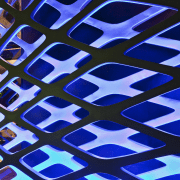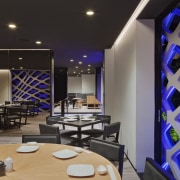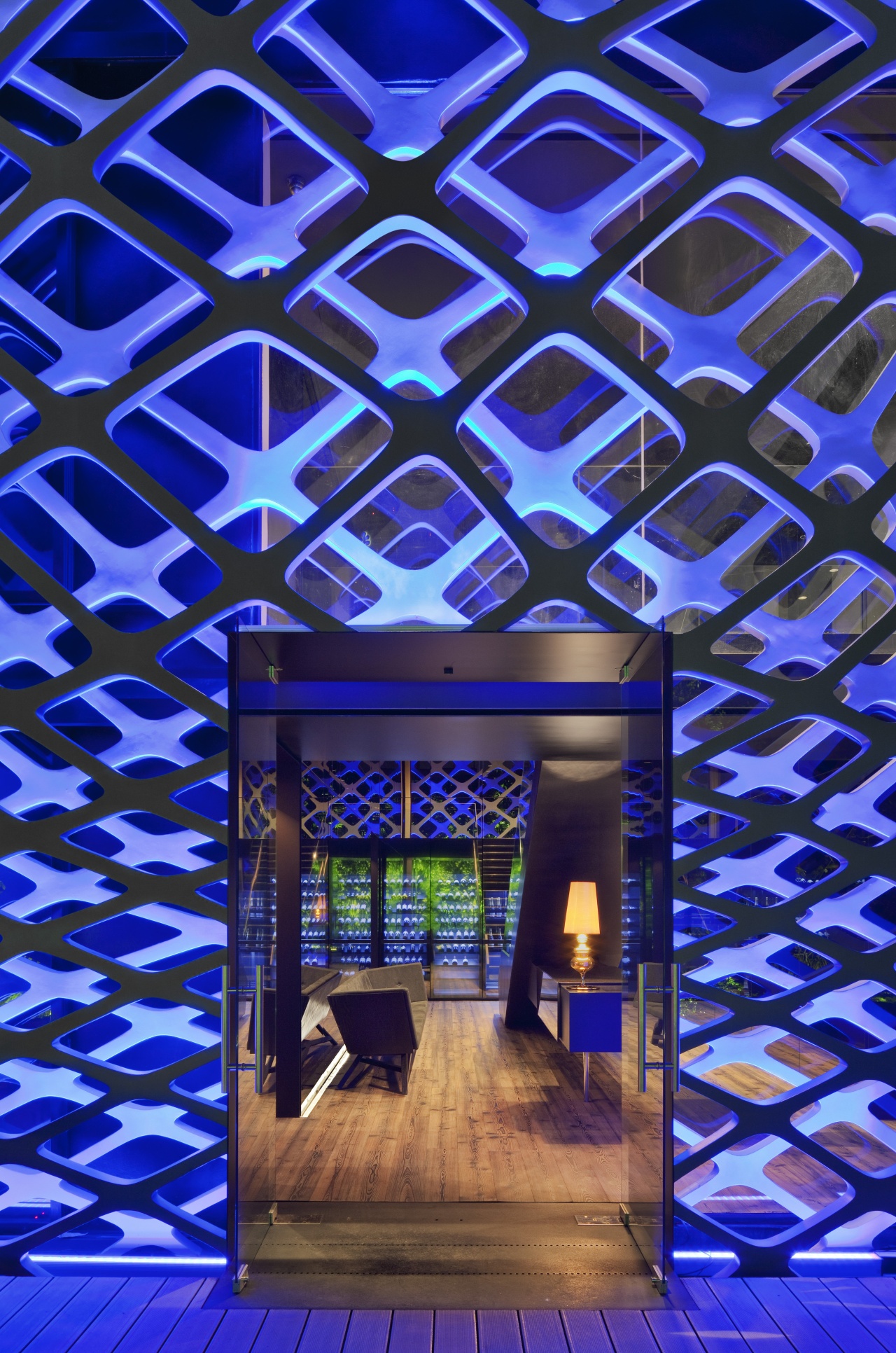Come dine with me
An innovative Japanese restaurant by Rojkind Arquitectos
During the lifetime of any great city, the fortunes of various communities will rise and fall many times. Areas of prominence will eventually make way for newer centres, only to be rediscovered and repurposed by a new generation.
Established in 1937, the Polanco neighbourhood of Mexico City was originally a grand residential suburb. Following the 1985 Mexico City earthquake the suburb began to be reshaped as commercial businesses moved in from quake-affected areas, says architect Michel Rojkind, founding partner of Rojkind Arquitectos.
"Rezoning of communities such as Polanco has changed the nature of these neighbourhoods. Mixed-use zoning has seen houses transformed into office spaces and restaurants. Sometimes the change is almost imperceptible, with just a small sign heralding the development of a new space with a completely different interior programme, while the exterior remains fully preserved."
"For this project, a softly-softly approach was not going to work. Tori Tori restaurant has a reputation for being one of the best Japanese restaurants in Mexico City. A move to bigger premises needed to be heralded, and the architecture played a central role in that," says Rojkind.
The initial focus was on renovating the existing structure, a house, stripping out the interior and removing all the residential features to produce an entirely different environment.
On first impression, the facade appears to emerge from the ground to surround the building in an undulating tracery, like the ivy that grows up and around the garden walls. It provides a tantalising glimpse into the spaces beyond, building a sense of anticipation for the visual, as well as gastronomic, journey ahead.
"That initial reaction is reinforced on reaching the interior," says Rojkind. "The facade's pattern is a dynamic participant in the dining experience, filtering light and shadow and creating vignettes of the view that constantly invade the interior spaces. These outlooks mirror the internal composition and contribute to a greater whole."
"Although the client's requirements were oriented towards a Japanese interpretation, it was not a literal one," says Rojkind. "He wanted the place to have its own personal expression, contemporary and cosmopolitan, by enhancing the existing spatial conditions through different experiences."
Patrons can choose from one of two restaurant spaces, as well as the outdoor terrace, a sushi bar, lounge bar or tea room.
Credit list
Architect
Construction company
Facade engineering
Lighting design
Landscape design
Kitchen
Design computational consultants
Structural engineering
Mechanical, electrical and plumbing
Audio and video design
Furniture
Story by: Justin Foote
Home kitchen bathroom commercial design
Walk this way – garden pathways to lead your thinking
From farmhouse to farmstead
Studying the details
















